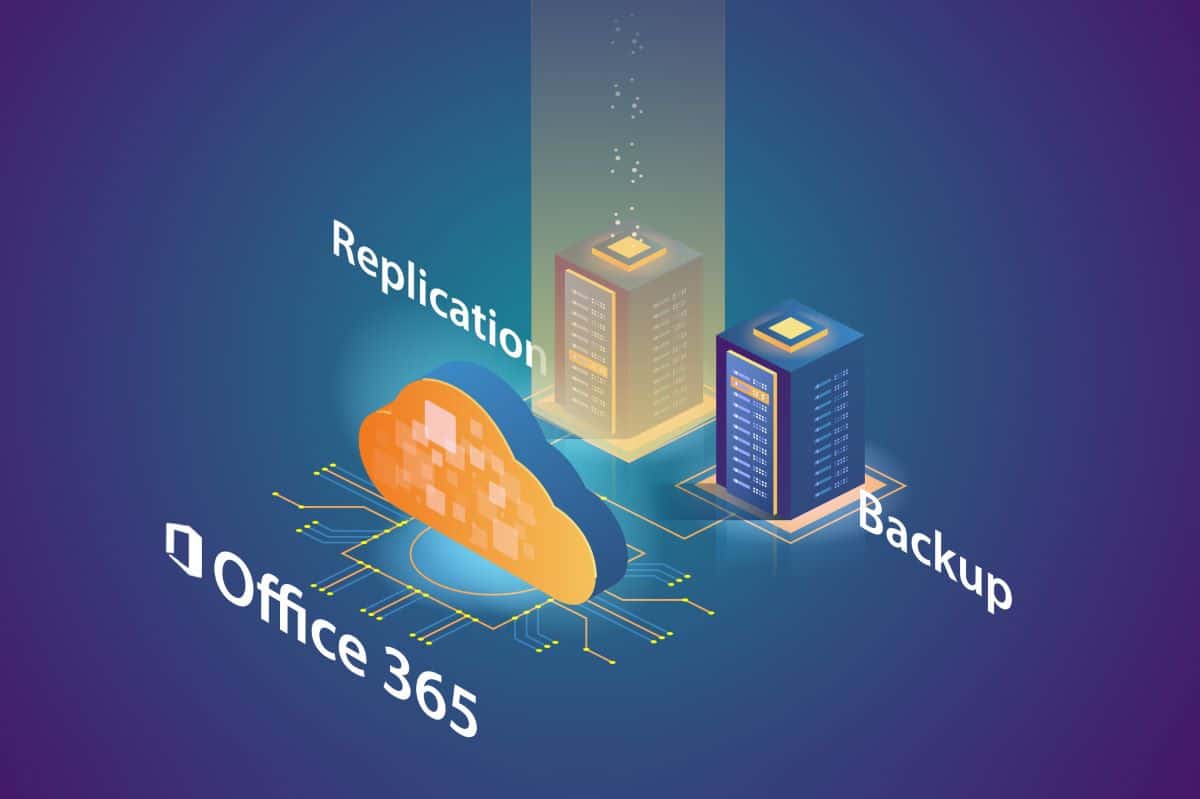Introduction
phoenixNAP Managed Backup for Microsoft Office 365 solution powered by Veeam has gained popularity amongst Managed Service Providers and Office 365 administrators in recent years.
Following the publication of our KB article, How To Install & Configure Veeam Backup For Office 365, we wanted to shed light on how one can leverage Object Storage as a target to offload bulk Office 365 backup data. Object Storage support has been introduced in the recent release of Veeam Backup for Office 365 v4 as of November 2019. It has significantly increased the product’s ability to offload backup data to cloud providers.
Unlike other Office 365 backup products, VBO has further solidified the product’s flexibility benefits to be deployed in different scenarios, on-premises, as a hybrid cloud solution, or as a cloud service. phoenixNAP has now made it easier for Office 365 Tenants to leverage Object Storage, and for MSPs to increase margins as part of their Managed Backup service offerings. It’s simple deployment, lower storage cost and ability to scale infinitely has made Veeam Backup for Office 365 a top performer amongst its peers.
In this article, we will be discussing the importance of taking Office 365 backup, explain Object Storage architecture in brief and present the necessary steps required to configure Object Storage as a backup repository for Veeam Backup for Office 365.
You may have different considerations in the way the product should be configured. Nonetheless, this blog will focus on leveraging Object Storage as a backup target for Office 365 data. Since Veeam Backup for Office 365 can be hosted in many ways, this blog will remain deployment-neutral as the process required to add Object Storage target repository is common to all deployment models.
veeam
Why Should We Backup Office 365?
Some misconceptions which frequently surface when mentioning Office 365 backup is the idea that since Office 365 data resides on Microsoft cloud, such data is already being taken care of. To some extent they do, Microsoft goes a long way to have this service highly available and provide some data retention capabilities, but they still make it clear that as per the Shared Responsibility Model and GDPR regulation, the data owner/controller is still the one responsible for Office 365 data. Even if they did, should you really want to place all the eggs in one basket?
Office 365 is not just limited to email communication – Exchange Online, but it is also the service used for SharePoint Online, OneDrive, and Teams which are most commonly used amongst organizations to store important corporate data, collaborate, and support their distributed remote workforce. At phoenixNAP we’re here to help you elevate Veeam Backup for Office 365 and assist you in recovering against:
Accidental deletion
Overcome retention policy gaps
Fight internal and external security threats
Meet legal and compliance requirements
This further solidifies our reason why you should also opt for Veeam Backup for Office 365 and leverage phoenixNAP Object Storage to secure and maintain a solid DRaaS as part of your Data Protection Plan.
veeam-backup for microsoft
Object Storage
What is object storage?
Object Storage is another type of data storage architecture that is best used to store a significant amount of unstructured data. Whereas File Storage data is stored in a hierarchical way to retain the original structure but is complex to scale and expensive to maintain, Object Storage stores data as objects typically made up of the data itself, a variable amount of metadata and unique identifiers which makes it a smart and cost-effective way to store data.
Cache helps in cost reduction and is aimed at reducing cost expensive operations, this is especially the case when reading and writing data to/from object storage repositories. With the help of cache, Veeam Explorer is powerful enough to open backups in Object Storage and use metadata to obtain the structure of the backup data objects. Such a benefit allows the end-user to navigate through backup data without the need to download any of it from Object Storage. Large chunks of data are first compressed and then saved to Object Storage. This process is handled by the Backup Proxy server and allows for a smarter way to store data. When using object storage, metadata and cache both reside locally, backup data is transferred and located in Object Storage
In this article, we’ll be speaking on how Object Storage is used as a target for VBO Backups, but one must point out that as explained in the picture below, other Veeam products are also able to interface with Object Storage as a backup repository.
veeam backup repository
Why should we consider using it?
With the right infrastructure and continuous upkeep, Office 365 administrators and MSPs are able to design an on-premise Object Storage repository to directly store or offload O365 backup data as needed but to fully achieve and consume all its benefits, Object Storage on cloud is the ideal destination for Office 365 backups due to its simpler deployment, unlimited scalability, and lower costs;
Simple Deployment
As noted further down in this article one will have a clear picture of the steps required to set up an Object Storage repository on the cloud. With a few necessary pre-requires and proper planning, one can have this repository up and running in no time by following a simple wizard to create an Object Storage repository and present it as a backup repository.
Easily Scalable
While the ability to scale and design VBO server roles as needed is already a great benefit, the ability to leverage Object Storage to a cloud provider makes harnessing backup data growth easier to achieve and highly redundant.
#it strategy #data protection #data analysis
